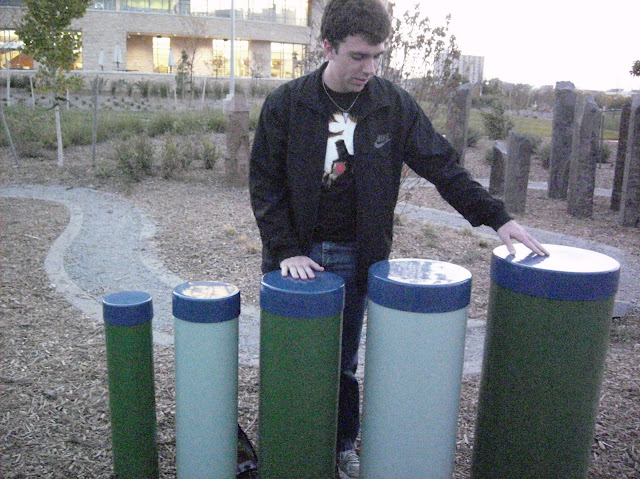Live Green!
Riley Russell NRES
260
As we are in the thick of living
green many people out there still don’t! Maybe because they do not think they
are making that big of an impact, having the attitude “This one piece of trash
won’t hurt anything.” The truth, it does. One person may not think they have a
big impact but if everyone lives a little greener we can make this world a
better place for ourselves and our future. While many people may not think the
little things matter, they can matter if we are adamant about it.
Being green
can be as easy as turning a light off when you leave the room or having the
dishwasher full when washing dishes. Simple things like this can make a big
impact if we all join together. Some people like to help out more (volunteering
to clean roadsides, or helping clean oil spills) but I know many people out
there are to busy for things like that.
How can the
busy people of the world help? Easy!
·
Turn your lights of when you leave the room.
·
Turn the water off while brushing your teeth,
until you rinse.
·
Make sure the dishwasher is full before running
it.
·
Have your windows and doors checked for air
loss.
·
Print on both sides of the paper.
·
Put your computer on sleep mode if you’re away
for a while.
·
Buy reusable bags for grocery shopping instead
of plastic or paper.
·
Buy a reusable water bottle instead of buying
plastic water bottles.
·
Go to your local farmers market for fresh food
instead of the chain stores.
·
Organize a recycling spot in your garage.
By doing these things we can ensure a better future. This
list may seem long to some people but all this things can be done without
taking any extra time from our day. If we all are a little more conscious about
how we are living we can make a big impact!







.jpg)

